Understanding asylum trends in 2021: briefing paper
In recent months, there has been considerable focus in media and politics on migrant crossings of the Channel via small boats and the impact this has on the asylum system. This has led to government proposals to reform the asylum system. This briefing will consider the latest asylum data, the wider asylum context, and the possible impact on local communities. It is aimed at those who already have a working knowledge on asylum. Our connecting briefings on the Nationality and Borders Bill and small boats crossings can be viewed on the Migration Yorkshire website.
In summary
- In recent months there has been an increase in attempts by migrants to cross the Channel via small boats with a view to claiming asylum and the Home Office says this has put pressure on the asylum estate. Nearly all such arrivals are asylum seekers.
- The Home Office has launched plans to restructure the asylum system and tackle illegal immigration in the UK through the Nationality and Borders Bill.
- Data shows that asylum claims have so far not risen in the last year but since 2015 are notably higher than the previous ten years, although are significantly lower than earlier in the 21st century. It may be too early to draw any definitive conclusions from the data available in 2021.
- The predominant methods in which asylum seekers come to the UK has changed.
- The asylum supported population has increased in the last year. There are three key related issues: an asylum decision-making backlog, a larger population needing asylum accommodation and the use of contingency accommodation like hotels as a solution to that greater demand.
- Changes in the asylum estate could affect communities through the demand for services and the impact on community cohesion.
What do the latest asylum statistics say?
1. This paper will consider some data from the latest Home Office statistics on asylum which were published on 26 August 2021, showing data up to the end of June 2021. We will also look at some other data from other sources. The full Home Office datasets are publicly available. Here are some of the main highlights:
- Asylum applications are down. There were 31,115 asylum applications (main applicants only) in the UK in the year ending June 2021; 4% lower than the in June 2020 and lower than the peak in year ending September 2016 (36,546):
- The number of initial decisions is less than half the level of asylum applications, thus contributing to a growing backlog in decision-making. In the year ending June 2021 there were 13,929 initial decisions made on asylum applications, and around half (48%) of these were grants of asylum, humanitarian protection or alternative forms of leave (such as discretionary leave or unaccompanied asylum seeking children leave), up slightly from the previous year (47%).
- 56,617 cases (or 70,905 people) were awaiting an initial decision by the end of June 2021, with around 42,000 waiting for more than 6 months. 125,316 cases in total are being actively considered by the Home Office. This includes all cases in the asylum system such as those going through appeals process and those awaiting removal.
- The total asylum supported population nationally was 62,871. This is up 11% on the previous year. The major increase is from people supported on Section 98 (interim support), up by 96%. The total number on Section 4 support is also up, by 11%. 46,254 asylum seekers in the UK were in receipt of Section 95 support, a 1% increase on the previous year (45,769). Of these, 41,633 (90%) were in receipt of both accommodation and subsistence, and 4,621 (10%) in receipt of subsistence-only.
- Grants of Section 95 accommodation are down by a third, despite Section 95 applications increasing and the number of people on Section 98 support increasing.
Are more asylum seekers crossing the Channel in small boats?
2. In recent months, there has been notable media attention on migrant crossings of the Channel via small boats, and these crossings have been cited as a reason for asylum reform by the UK government. Small boats are one of the ways in which asylum seekers reach the UK. According to evidence provided by the Home Office to the Home Affairs Select Committee in 2020, 98% of individuals who attempted to cross the Channel in small boats went on to claim asylum. Whether or not the current state of the asylum system and the increased use of contingency accommodation is connected to an increase in small boat crossings is open to interpretation and an analysis of the data as shown in this paper highlights how difficult it is to draw any such conclusions.
3. The Home Office has stated the recent increase is likely to be due to COVID-19 travel restrictions in Europe and good weather conditions enabling safer crossings. Exact numbers of how many people have attempted to cross the Channel using small boats in 2021 are unclear due the lack of publicly available data. According to a House of Commons Library briefing 8,400 people crossed the Channel in small boats in 2020, compared to 1,800 in 2019 and 300 in 2018. However, there are some contradictory figures in the public domain with the explanatory notes from the Nationality and Borders Bill stating that 8,500 arrived in small boats in the summer of 2020. The House of Commons Library report shows that the number of people crossing the Channel significantly increased in April 2020 following lockdown in France, the closure of international travel and a reduction in freight crossings, as shown in Figure 1.
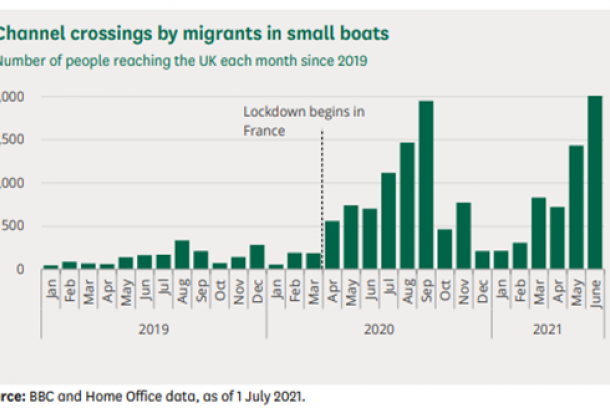
Figure 1. [Source: ‘Nationality and Borders Bill’, House of Commons Library]
1. Recent media reports suggest significant increases in small boats arrivals in 2021, with over 5,500 arrivals recorded from January 1 to June 28. In summer 2021 various media outlets revealed record days of arrivals, with recent reports of 800 arrivals in one day and 14,500 by September this year. More recently, the BBC revealed a record day of 1,000 arrivals in one day and 23,000 in 2021 via small boats. Figure 1 above illustrates the seasonality of small boats arrivals.
2. The ways in which people are travelling to the UK to seek asylum have changed and small boats arrivals are accounting for a higher proportion of arrivals than previously. The government recently revealed some data on methods of entry for unauthorised entry into the UK (please see Figure 2 below). It shows irregular arrivals have increased over the last two years and in 2020 a growing proportion of this was people arriving by small boat. Since we know many of these arrivals will go on to claim asylum, this provides some insight into how migration patterns have changed.
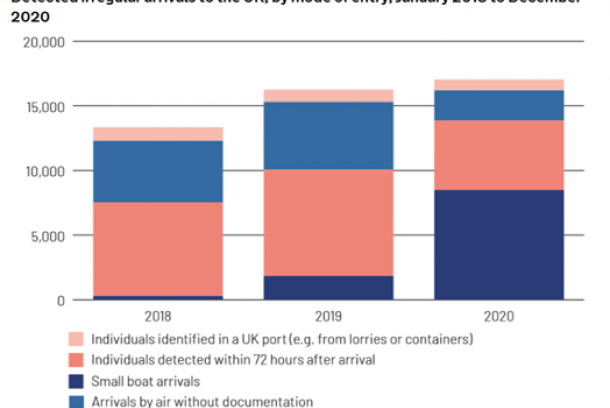
Figure 2. [Source: New Plan for Immigration, Home Office]
Are asylum claims rising?
1. Messaging from the government presents a picture of an asylum system increasingly under pressure from increasing clandestine arrivals. However, the data available shows a mixed picture. Notably, although the number of people crossing the Channel via small boats increased in 2020, other forms of irregular arrivals such as air arrivals decreased. Asylum applications also decreased slightly in that year, so although most small boats arrivals go on to claim asylum, the increase in small boats arrivals has not resulted in an increase in asylum claims. See Figure 2 and Figure 3.
2. Calendar year data in Figure 4 shows that in 2020, there were 29,815 asylum applications in total. This is lower than in 2019 (35,737) and but higher than in 2018 (29,504). Data over the last 20 years shows that the UK received its highest number of asylum applications in 2002 with over 84,000. Applications remained under 26,000 per year between 2005 to 2014 and rose to over 32,000 in 2015 at the height of the European refugee crisis (see Figure 3). It is too early to know if there will be any substantial increase in 2021 and the chart only shows data up to the end of June 2021, but it does show that in previous years the number of applications has fluctuated between 25-35,000 between 2015-2020. Although these rates are higher than the period 2005-2014, they are significantly lower than between 2001-2004. Currently, we only have data up to the end of June 2021, but the peak season for asylum arrivals is from June to late September so the picture may change in the coming months. Figure 1 shows asylum applications broken down by those registered at port and those registered in-country. We understand small boats arrivals are recorded as in-country claimants.
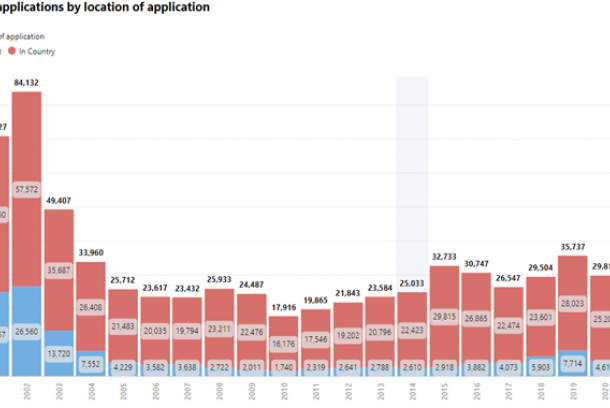
Figure 3. [Source: chart - Migration Yorkshire, data - Home Office]
What is the UK government saying?
1. The government has been open about the need to restructure the asylum system. It has also repeatedly communicated a desire to make it difficult for migrants including asylum seekers to enter the UK without permission. In March 2021, the Home Secretary revealed government plans under the New Plan for Immigration, outlining proposals to introduce reforms to asylum and further border measures to tackle illegal migration to the UK. These proposals have since been drafted into the Nationality and Borders Bill which at the time of writing is going through the required parliamentary process before it can become legislation.
2. In the New Plan for Immigration, the government has presented evidence which it says shows that the asylum system is under increasing pressure because of increasing arrivals, illegal migration and the impact of the COVID-19 pandemic. It claims that this has resulted in a slowing of decision-making and an exhaustion of resources available to accommodate and support arrivals.
What are the pressures on the asylum system?
3. There are three key pressures on the asylum system which may have had an impact on the support estate - these are:
4. The increasing backlog of asylum applications which remain undecided. As of the end of June 2021, over 56,000 cases relating 70,000 people were awaiting an initial decision. Figure 4 shows that the number of outstanding cases has increased steadily over the past decade and by the end of 2020 there were over 60,000 outstanding cases, with the majority waiting for more than six months. The trajectory of outstanding cases may be partly explained by the suspension of the Detained Fast-Track route in July 2015 and the removal of Day 182, the six-month target for making an initial decision, in February 2019. Currently, there are no time-led targets for deciding asylum claims.
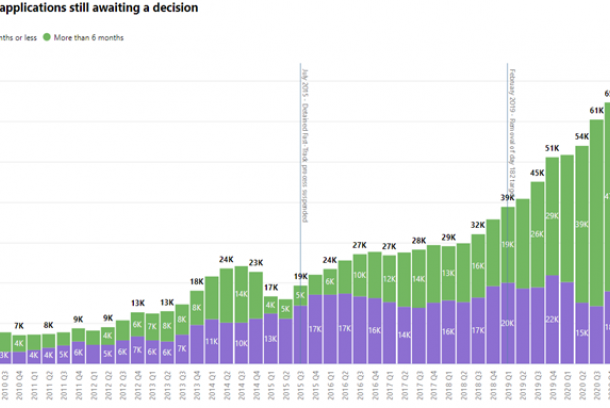
Figure 4. [Source: chart – Migration Yorkshire, data – Home Office]
1. The increasing requirement for asylum accommodation. Figure 5 shows the total supported population is 62,871 according to data up to the end of June 2021. This is an increase of 11% from the previous year. However, when broken down by support type, the data shows that there is a notable increase from the Section 4 population which is up by 11% or 578 people. The total of Section 95 recipients is up by 1% or 485 people. Most significantly, the number of people on Section 98 (interim support) has increased by 96% or 5,238 people and now stands at 17% of the total figure supported.
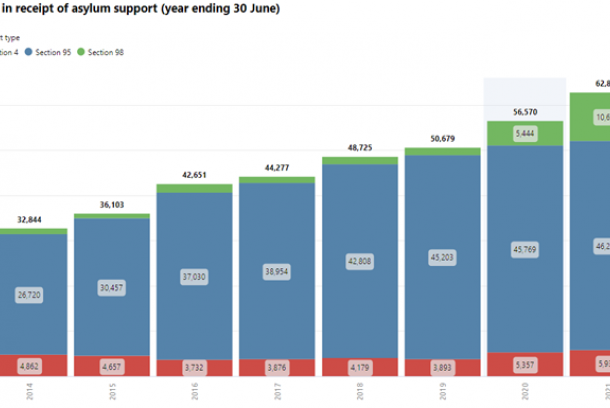
Figure 5. [Source: chart – Migration Yorkshire, data – Home Office]
1. The use of contingency accommodation. Supported asylum seekers would normally be supported under Section 95. The increase in the supported population for those on Section 95 support in theory may be due to increasing asylum applications, although the asylum applications data does not support this view. It may be a result of a backlog of cases still awaiting decisions which would result in more people remaining in the system and being eligible for support, and it may be linked to policy changes during COVID-19 lockdowns which led to a pause on asylum evictions.
2. Section 4 support is a type of support for refused asylum seekers and so these are not new asylum claimants. The increase in Section 4 recipients is likely down to asylum support caselaw which enabled more refused asylum seekers to become eligible for support as a result of COVID-19 lockdowns and restrictions to international travel making it impossible for people to return to their country of origin. It may be unrelated to the volume of asylum applications.
3. Section 98 is emergency and temporary support available to people while they are in the process of applying for Section 95 support, so any increase in Section 98 should normally translate into an increase in Section 95 applications and possibly correlate with asylum applications. Under normal circumstances, individuals should only be on Section 98 support for a few weeks before being granted Section 95 support. The Home Office has explained the rise in Section 98 as down to COVID-19 and the use of contingency accommodation sites like hotels. This may indicate delays in making Section 95 applications or delays in processing these applications for people in contingency accommodation, thus resulting in longer stays in Section 98 accommodation.
4. Data on Section 95 applications further supports the idea that there may be a delay in processing Section 95 applications, causing a large Section 98 population. The data in Figure 6 shows that in 2020 the number of Section 95 applications where the applicant was granted accommodation are a third lower than in the previous year despite a 5% increase in Section 95 applications. Markedly, the number of applications deemed invalid, closed, or not yet assessed has increased by 276% or 5,945. This points to a delay in processing many Section 95 applications and correlates with the increase of around 5,000 applications for Section 98 support.
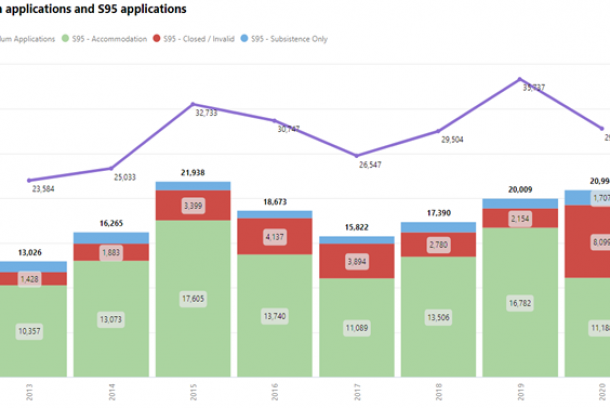
Figure 6. [Source: chart – Migration Yorkshire, data – Home Office]
1. The total increase in the asylum supported population and the delays in processing support applications may be casual factors in the use of contingency accommodation in the asylum estate. The Home Office has expanded its accommodation portfolio to include the use of hotels as accommodation as well as other contingency options such as former military barracks. However, the use of hotels in Yorkshire and Humber was already increasing following a transition to new accommodation providers in 2019 and a shortage in suitable dispersal accommodation and was further expanded during the COVID-19 lockdowns due to changing policies as discussed above. As the supported population has increased, the Home Office has looked to alternative options to accommodate people where standard dispersal accommodation resources have been exhausted or cannot meet the demand. The Home Office say that recent increases in small boats arrivals and asylum intake is placing further pressure on these resources. According to the House of Commons Library in September 2020 9,500 asylum seekers were accommodation in hotels.
What is the impact on local communities?
2. Any changes to the asylum estate will have inevitable impacts on local areas. As the supported population increases and more people are waiting long periods for decisions on their case, this places more pressure on dispersal areas and the resources and services within these areas as they are required to support arrivals. There is an impact on the local voluntary sector, health services, schools and education as the demand for services increases.
3. The use of hotels and other contingency accommodation sites presents new challenges as service users are supported in new settings which may not be ideal for all service users. Those with vulnerabilities such as mental health conditions or survivors of trafficking or abuse may find it particularly difficult to be accommodated there, and the location of some sites may present challenges accessing services from the voluntary and community sector, healthcare, or legal advice. These sites may also present risks around service user safety and have an impact on community cohesion. Should the supported population continue to rise, there will be more need to procure more dispersal accommodation. The availability of accommodation at contract prices is already a challenge and the prospect of increasing the asylum population in existing dispersal areas can have an impact on local communities, cohesion, and resources. It may also increase the need to identify new dispersal areas. Finally, the increase in asylum population, media coverage and any lack of information sharing with the local community has had a negative impact on public attitudes resulting in increasing incidences of hostile behaviour, far-right activity and hate crime in some communities.
4. Challenges also could arise from the fact that hotels sites are sometimes located in areas and towns which are not traditionally ‘dispersal towns’ meaning these areas may not have the experience or local infrastructure to support refugee integration. Moreover, any challenging experiences locally from the use of asylum hotels and other contingency sites could affect local leaders and politicians’ willingness to participate in future asylum and refugee programmes.
References
‘Immigration Statistics: Year Ending June 2021’. Home Office. 26 August 2021.
‘Asylum Accommodation: The Use of Hotels and Military Barracks’. House of Commons Library. 24 November 2020.
‘New Plan for Immigration’. Home Office. March 2021.
‘Nationality and Borders Bill’. UK Parliament. 6 July 2021.
‘Media factsheet: Small boats’. Home Office. 15 May 2020.
‘Nationality and Borders Bill’. House of Commons Library. 15 July 2021.
‘Number of Migrant Crossing the Channel to UK Hits New Daily Record’. BBC. 12 November 2021.
‘Q&A: Migrants Crossing the English Channel in Small Boats’. Migration Observatory. 2 July 2021.
‘Migrant Crossings Reach Record Level’. The Telegraph. 13 September 2021.
This briefing was prepared by Stefan Robert and Alex Wilson in November 2021.
